- Home
- Media Kit
- MediaJet
- Current Issue
- Past Issues
- Reprints (PDF)
- Photo Specifications (PDF)
- Contact Us
- PRIVACY POLICY
- TERMS OF USE
![]()
ONLINE
![]()
ONLINE

A New Age Of
Emergency Response
Editors’ Note
Gwen Lighter has a dream to bring flying machines – not to mention flying motorcycles, flying human drones, and other personal flight apparatuses – to fruition. That dream became a reality six years ago when she founded the GoFly Prize, a multi-million-dollar global challenge to create personal flying devices for anyone, anywhere. Now, she has created GoAERO, a global initiative supported by NASA, Boeing, Honeywell, Pratt & Whitney and other companies and organizations, as well as a variety of aerospace and public safety partners, to catalyze the creation of Emergency Response Flyers – safe, autonomy enabled devices that can rescue people and perform critical response missions in the face of natural disasters, medical emergencies, humanitarian crises, and more. This is why what Lighter – a graduate of Brown University and Harvard Law, who did stints at Morgan Stanley, clerked for a federal judge, founded an early instant messaging service and an accessories company – is doing is so critically important.
Organization Brief
GoAERO (Aerial Emergency Response Operations), is a disrupter of disaster response and inventor of life-saving aircraft. The goal is to catalyze a breakthrough solution to build the world’s first compact, autonomy-enabled rescue aircraft that is safe and simple to fly. GoAERO (goaeroprize.com) created a three-year global competition bringing the world’s brightest minds together to focus on a singular mission – saving lives. Teams participating will design and build the first autonomy-enabled emergency response flyer, a high-tech aircraft that will help response teams reach people, places, and crises faster and easier than ever before.
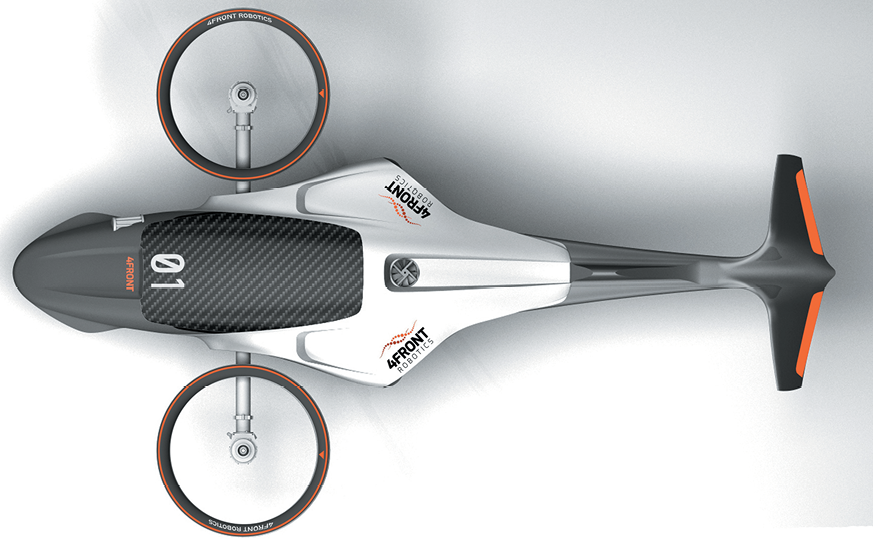
Example provided by GoAERO team 4Front Robotics
Will you discuss your career journey?
There’s something magical about the act of soaring through the skies rather than remaining on the ground. I see my career journey as that idea coming to life. As a child, I was enamored with shows like Wonder Woman and The Jetsons. Though my education and early career path seemed to point in a different direction – I earned my political science degree from Brown University and my JD from Harvard Law School – that childhood dream of flight never left me. After years as an entrepreneur, I realized there was a convergence of breakthrough technologies – the stability and control systems from the drone world, the increased performance of batteries and capacitors, 3D metal printing, and other types of rapid prototyping – that would usher in a new golden age of aviation. These advancements also meant aviation innovation was no longer solely the domain of large corporations – entrepreneurs like me could turn flight fantasies into reality.
The catalyst for my current mission came from a deeply personal experience: my father suffered a heart attack, and his ambulance was delayed by traffic. That led me to create GoAERO, the goal of which is to develop emergency response aircraft that could make the difference between life and death in emergencies and disasters.
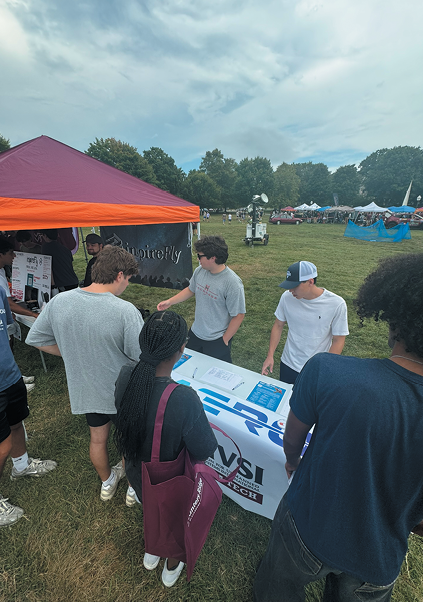
The GoAERO team (above and below)
Will you elaborate on the origins of GoAERO and highlight its work?
GoFly was my first step into making personal flight a reality. In 2017, we launched GoFly to design and build personal flyers – whether they be jetpacks, flying motorcycles, or human-carrying drones. Our goal was to create a compact, quiet flyer that could safely carry a single person for 20 miles without refueling or recharging. We succeeded in bringing together 874 teams to pursue that dream, and while the technology wasn’t quite ready then, it laid the groundwork for what would become GoAERO.
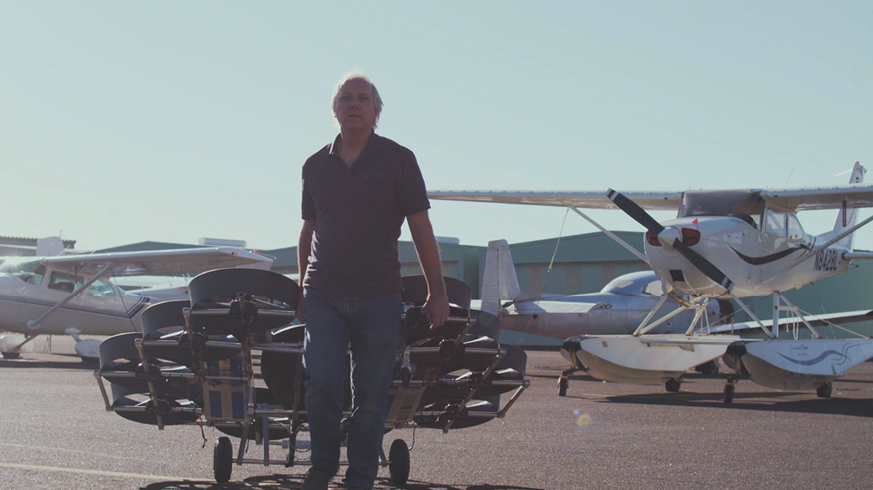
The stark reality is that nearly five million Americans live in what we call “ambulance deserts,” potentially facing wait times of 25 minutes or more for emergency medical help. Current aircraft, while invaluable, have significant limitations – helicopter rescues can be extremely challenging in certain situations, while drones don’t have sufficient payloads and often can’t complete entire missions independently.
There are humanitarian crises and medical emergencies every single day, and FEMA’s disaster workforce operates at only about 65 percent capacity. GoAERO emerged from recognizing this critical gap. We’re harnessing transformative technologies to save lives. For our $2.5+ million global GoAERO competition, right now we’re in the “paper stage,” which means we’re actively recruiting teams to join us to build autonomy-enabled Emergency Response Aircraft that can reach people, places, and crises where traditional methods fall short. These aircraft will be capable of conducting rescue operations without requiring onboard pilots – potentially saving more lives in disaster scenarios.
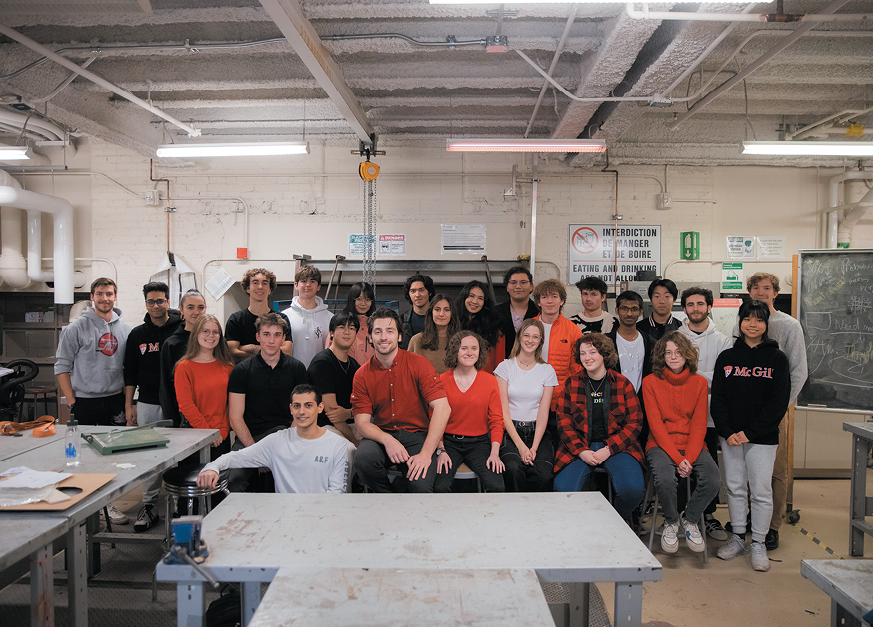
How valuable has it been for GoAERO to build partnerships with leading organizations such as NASA, Boeing, Honeywell, and RTX?
I can’t speak highly enough of our partners. These industry leaders share our vision of advancing aviation technology for the public good. They are the leading innovators in the aerospace sector, and we have all come together to use transformative aviation technology to usher in a new age of emergency response.
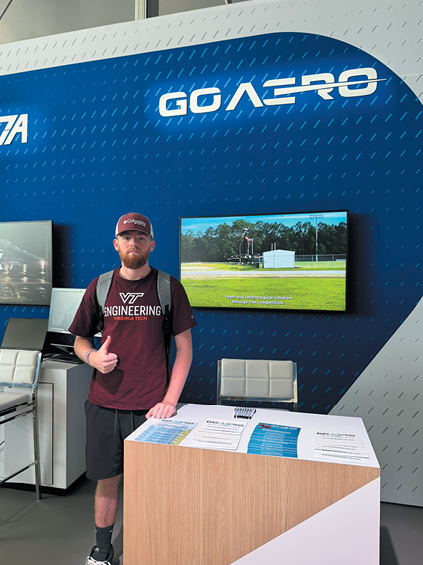
Did you always know that you had an entrepreneurial spirit and desire to build your own business?
I love the culture of entrepreneurship – the optimism, the constant learning, and the opportunity to solve complex problems alongside equally mission-driven individuals. The keys are being thoughtful about which missions we choose to pursue and surrounding ourselves with people who share our dedication to making a difference. Entrepreneurs need to weather the ups and downs, knowing that each challenge makes the eventual wins even more meaningful. Seeing one’s vision materialize – watching teams compete at the GoFly fly-off or building GoAERO vehicles to save lives – makes every challenge worth it.
What are your priorities for GoAERO as you look to the future?
My goal is to revolutionize emergency response by putting thousands of flyers into the hands of emergency responders and government agencies. This isn’t just about providing access to top-of-the-line technology – I want families to never worry about whether a loved one can get medical attention or escape a scary situation, whether in a remote location, trapped by natural disasters, or caught in urban gridlock. The technology we’re developing through GoAERO has the potential to transform crisis response and save countless lives. By pushing the boundaries of what’s possible in emergency response and aviation, we’re creating a future where help can reach anyone, anywhere, when every second counts.![]()